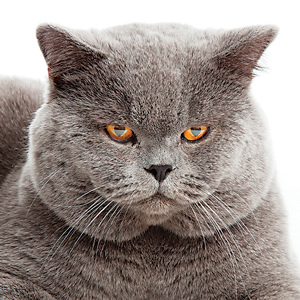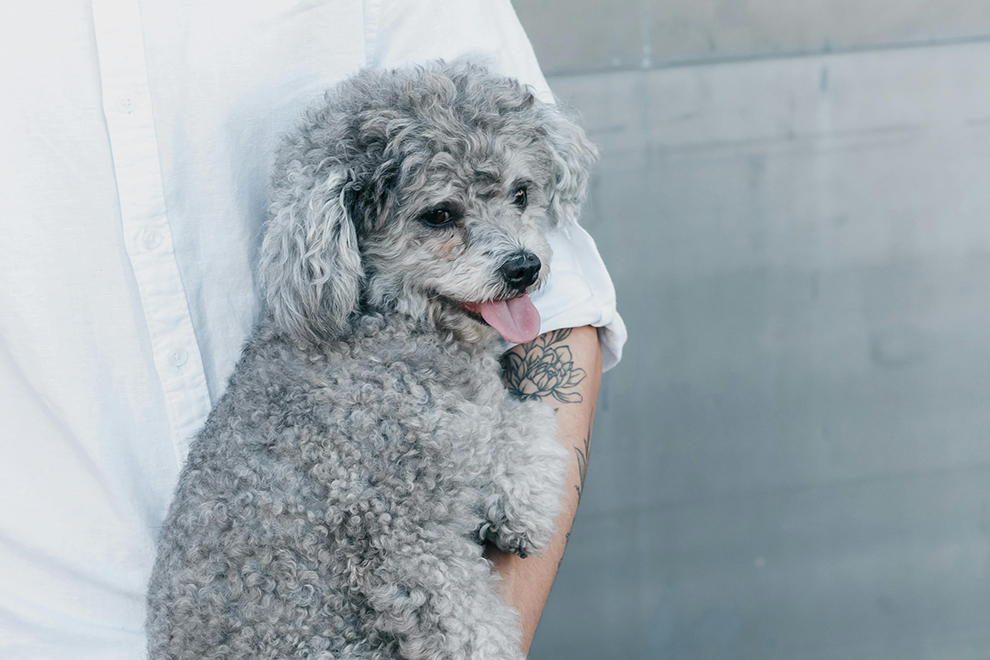We all know how much our dogs and cats love to eat. But based on recent veterinary surveys, more than half of our pets are overweight. Overweight pets are at a higher risk for developing arthritis, diabetes, heart disease, high blood pressure, and some cancers. If you think your pet may be overweight, here are some simple tips to help them slim down.
Count calories. If you don’t know how many calories your pet needs each day, you don’t know how much food to offer. Simply reading the directions on the bag or can is not enough. Your veterinarian can help you calculate how many calories your pet needs each day to maintain an ideal weight.
Measure meals. Once you know how many calories your pet needs each day, you can easily determine how much food to feed. Using an 8-oz measuring cup, measure the food at each meal, and pick up any portion that is not consumed in a 15-minute period. If your pet is used to grazing, it may take a few weeks to adjust to this new schedule, so be patient. Measured portions, fed at a set mealtime, is a good way to keep track of your pet’s calorie intake.
Choose healthy treats. Giving treats to your pet is not bad, but many treats are high in calories and low in nutrients. So instead of cutting out treats, practice healthy treating. You can offer dogs baby carrots, green beans, or sliced sweet potatoes. For cats, go with flakes of freeze dried salmon or tuna for treats. Most pets simply enjoy the act of getting a treat from us. Believe me, they will enjoy a veggie just as much as they did a store-bought treat.
Treat with food. Just like people on a diet, your pet’s weight loss plan can be derailed with too many goodies. In most cases, you can use some of your pet’s daily food portion as treats. Or, try an interactive feeding toy which encourages your pet to work for their food. You can also use food treats as motivation for learning new behaviors or reinforcing good behaviors.
Stay active with your pet. For us humans, daily exercise can improve cardiovascular health and burn calories. The same holds true for our pets. Most dogs would love the chance to take a 20- or 30-minute brisk walk every day. If weather won’t permit outdoor activities, play tug of war or fetch inside. Many dogs enjoy swimming, which is an excellent way to lose weight without putting too much stress on joints. There are several indoor swim facilities in our area just for dogs, and we have the James River just minutes from our doorsteps. Remember that an out-of-shape dog can be more prone to injuries or heat exhaustion, so introduce any new exercise program gradually. Indoor cats generally have short attention spans and can be more difficult to exercise. Try different interactive toys (laser pointer, feather toys, balls) to see what your cat prefers. Use these toys to interact with your cat for a few 5-minute sessions each day.
As pet owners, it is our responsibility to help our pets maintain a healthy weight. Each pet is different, so consult with your veterinarian before starting any weight loss plan. Check in with your vet regularly to help monitor your pet’s progress and make adjustments as needed. Hopefully these tips will make it fun and easy to help your pet fight the battle of the bulge.






